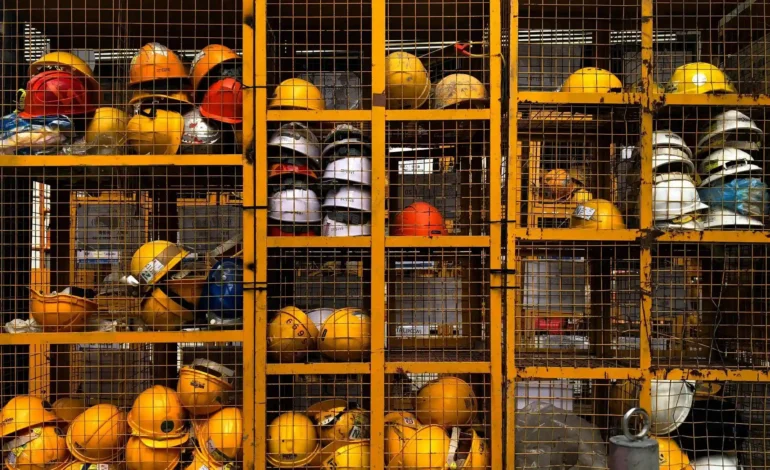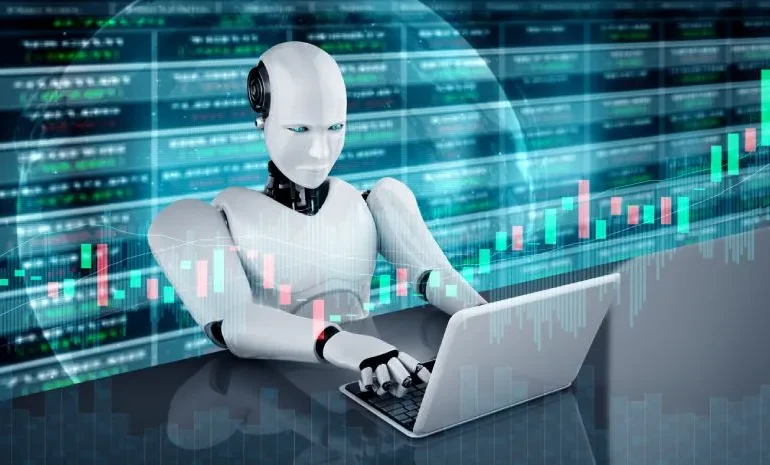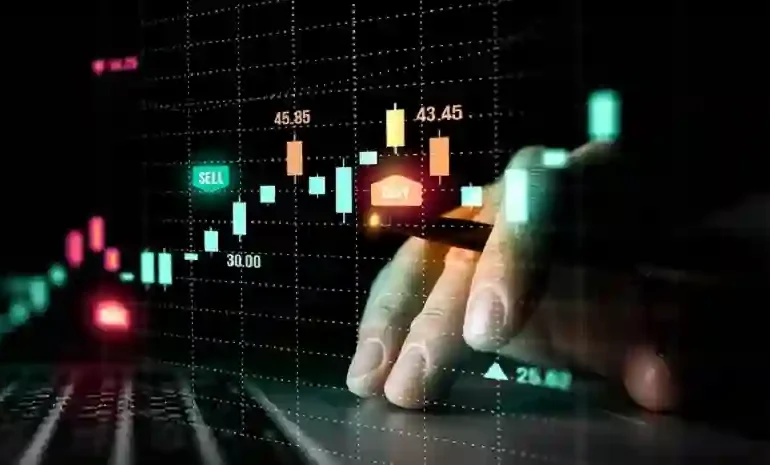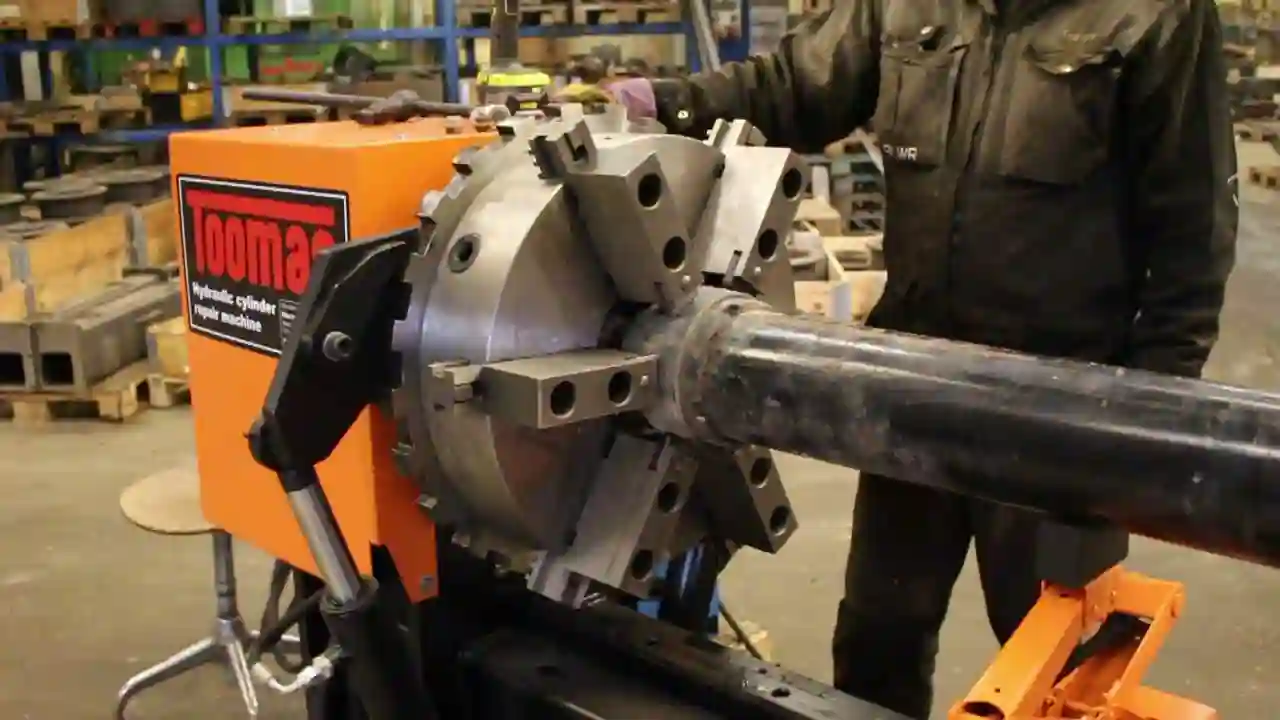
How Businesses Can Improve Workplace Safety with Modern Technology
Workplace injuries and accidents result in big losses for businesses every year. It’s difficult to estimate the true cost of workplace accidents, as any incident will often shut down the workplace and potentially lead to employees missing days. In addition, serious accidents can result in injury or death that may result in compensation claims. Not only does this affect the business, but also the wellbeing of the employees.
To operate effectively, businesses need to prioritise the wellbeing of employees and ensure that they’re safe from harm while working. Failing to do so will result in lower morale and decreased efficiency, as well as higher costs of running the business. Thankfully, modern safety standards are better than ever, and technology is also helping businesses find new solutions to classic problems.
Automatic Safety Signalling
Signals and signs aren’t exactly a new piece of technology. In fact, people have been creating signals for thousands of years. In the workplace, most of us are familiar with using signals and signs to convey messages to coworkers and employees, but modern technology is making this process easier and more effective.
Signal towers like these are the best way to send instant and effective safety messages in the workplace. These towers are easy to set up, and use coloured LEDs to convey different messages. For example, a red light can be used to make employees stop, while amber can signify proceed with caution. On the other hand, green is the universal sign for go, indicating that the process is working normally.
Safety signals are important in any industry, and these towers are suitable for factory floors, warehouses and even medical centres. They can be programmed to provide different signals in certain situations, including sensors to provide early warning systems. Additionally, they can be fitted with alarms to provide audio signals as well as visual ones.
Wearable Technology
Sensors are widely used in workplaces, providing real time data and monitoring on a wide range of different processes. In the food industry, temperature control is highly important, and a sudden increase or decrease in temperature could lead to serious issues for the safety of workers and consumers. Elsewhere, sensors are used for everything from detecting radiation to picking up issues in machinery.
Aside from monitoring business processes, sensors can also be used to check on employees. Wearable technology has come a long way in recent years, with devices now capable of measuring heart rate, temperature, position and movement. Through this, companies can keep a closer eye on their employees and detect if there’s an issue with their health or an accident.
These devices can also be programmed to monitor stress levels, allowing employees to take a break if they’re struggling mentally or emotionally. This can be extremely useful in high stress jobs, where burnout can lead to issues. By optimising the health of their employees, businesses can see higher employee satisfaction and greater retention.
Virtual Reality Training
Many jobs require employees to work in hazardous conditions. Measures can be taken to reduce the impact of these hazards, but they’re often still unavoidable due to the nature of the job. A good example would be a bomb disposal expert working to disarm unexploded ordinance. Robotics can be used to assist and reduce the risk, but a human expert is still required.
For jobs where there’s a high level of risk to the employees, it’s important that experts are training properly. It’s often difficult to recreate the exact conditions in a training exercise, but virtual reality is helping to create more immersive and realistic training.





